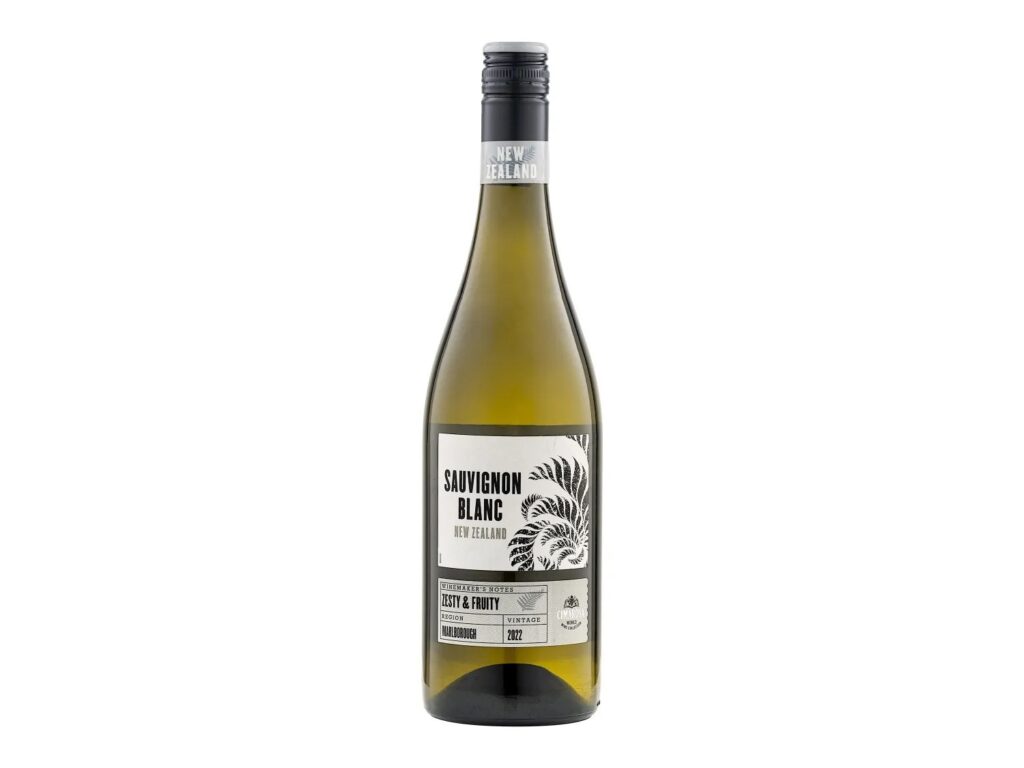
The Cimarosa Sauvignon Blanc 2022 from Marlborough, New Zealand, stands out in the crowded field of affordable wines, not just for its price point but also for its quality and accolades. Awarded at the Berliner Wine Trophy 2023 and scoring an impressive 90 points from the International Wine & Spirit Competition (IWSC), alongside a commendable 3.9 rating on Vivino, this wine has made its mark.
Despite a slight caveat regarding its provenance, bulk bottled in Germany with the actual New Zealand Marlborough producer remaining undisclosed, this wine’s character is vibrant and refreshing, starting with a strong passion fruit aroma that seamlessly transitions to a palate marked by passion fruit, citrus and mineral notes. Unlike most white wines, a tip for this wine is to drink it cold, straight from the refrigerator. This serving method enhances its fresh and zesty qualities, which become subdued as the wine warms.
Originally priced at £6.99 from Lidl, the wine was available recently at the even more attractive price of £5.99. The price-quality ratio currently places it among the best purchases you can make in this price range.













